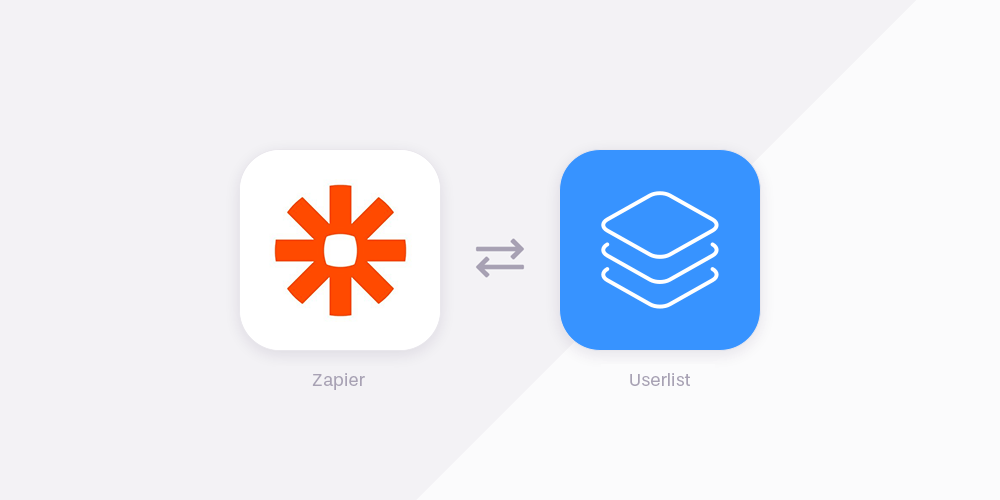Maintaining a full pipeline of sales leads is a critical success factor for SaaS organizations of any size.
But with so many lead generation strategies available, which ones produce the best results? We’ve listed down 12 of your best options.
Don’t wait for the muse. Apply this step-by-step method to write high-performing email campaigns in hours, not weeks.
What Is SaaS lead generation?
Before diving into the details of these lead generation strategies, it will be useful to touch on what SaaS lead generation is. Depending on your business model, a lead could be defined as:
- Someone submitting an inquiry form for sales information
- Someone calling in for sales information
- Someone signing up for a free plan
- Someone signing up for a free trial
- Someone downloading a sales-related PDF, etc
The goal of a SaaS lead generation campaign is to increase the number of qualified prospects that take one or more of these actions. As the campaign is being implemented, data is collected and analyzed. You should continuously improve on encouraging actions that are most likely to produce sales.
1. Content marketing
Systematic content marketing efforts produce sales leads both indirectly and directly.
Indirectly: when you publish helpful and authoritative content, especially on highly regarded websites and blogs, relevant prospects become aware of your brand and over time, gain trust in your company’s ability to meet their needs.
Directly: sales-oriented content can generate phone inquiries, form submissions, or trial signups.
Aside from providing value to prospects, content marketing campaigns should incorporate elements of SEO, especially in the use of keyword phrases and backlinks (i.e., links and anchor text from your off-site content back to strategically important pages of your website).
On the other hand, content produced for your SEO campaign should not only attract backlinks for your website, but it should also align with your content marketing campaign’s themes and target customer segments. Skills such as learning how to start a blog, what type of content to produce, and on which channels to distribute them will come in handy.
2. Email marketing
Email marketing continues to be an effective strategy for SaaS, in large part because email continues to be the primary means of digital communication for consumers and business buyers.
The keys to a successful email marketing strategy include:
- Segmenting your email list to maximize the relevance of all communications
- Systematically adding prospects to the list and maintaining the list’s accuracy
- Producing relevant, useful, and engaging content
- Including a strong call to action in every email blast
- Collecting relevant campaign data and using it to split-test content, calls to action, subject lines, and other content variables
Automated email marketing platforms and other tools like an email plugin can reduce the labor associated with campaign management, allowing you to focus on the creative aspects. Here’s the list of email marketing platforms that can cater to the specific needs of SaaS companies.
3. Free trials
Free trials are an excellent lead generation strategy for SaaS firms whose services are complex or unfamiliar. In such cases, lead generation is maximized by allowing a prospect to experience the full version of the service to make an evaluation and eventually a purchasing decision.
Free trials offer a prospect an easy way to say yes especially when you don’t ask for a lot of information (e.g., credit card data, mobile phone number) upon sign-up.
Strategically, free trials sometimes backfire if the process is too easy: the firm generates a lot of free trials, but very few subscribe or upgrade. A free trial strategy should be tested and refined to find the sweet spot to narrow down on leads that have a serious buying interest.
For less friction, avoid asking the user for their credit card upfront. However, it can be a strategic choice to improve lead quality.
4. Free plan (the freemium model)
The freemium model, as opposed to free trials, is most suitable for SaaS firms where a basic version of the software is sufficient for users to make a buying decision. However, as with free trials, freemium offers must strike the balance between making the sign-up easy enough for serious prospects but difficult for non-prospects.
Freemiums make highly appealing offers for email marketing and PPC campaigns (discussed in #8). In addition, freemium offers should be displayed prominently on most or perhaps all your website’s page templates.
5. Improve website CRO
Conversion rate optimization (CRO) is an advanced discipline focused on the many details of website design, content, and functionality that contribute to a site visitor’s decision to submit an inquiry via phone or webform. Speeding up WordPress, getting a website security certificate, improving navigation, and producing relevant and valuable content are only some examples of how you can improve your CRO.
A methodical CRO plan uses website analytics and other data to test and continuously improve messaging, major and minor design elements, webform layouts and functionality, and much more.
CRO is crucial to maximize the effectiveness of SEO and content marketing campaigns. For example, SEO can improve your website’s rankings and generate huge increases in organic website traffic — but if your website is not persuasive, those organic visitors will never see the inside of your lead pipeline.
6. Improve website UX
As with CRO, many SaaS firms limit their lead generation campaigns by failing to maximize their website’s user experience (UX).
Poor UX — for instance, slow-loading web pages, confusing navigation, and broken internal links — frustrates prospects and drives them off the site. Bad UX not only undermines lead generation on the first visit to the website, but it also greatly reduces the likelihood that a prospect will ever come back.
UX improvements should focus intensely on the mobile website experience. Not only is mobile Internet usage growing rapidly, but it has also become a more important ranking factor for Google and thus impacts your site’s SEO.
Don’t wait for the muse. Apply this step-by-step method to write high-performing email campaigns in hours, not weeks.
7. Live chat
Not long ago, live chat was a novelty website feature. Today, many visitors see live chat as a necessity. It is particularly important in the SaaS industry as a new communication platform because your prospects expect top-notch support, which starts from their first interaction.
Live chat must be available whenever website visitors want to use it, which could mean 24/7 availability. If this is not feasible, a strong follow-up process is crucial. In addition, live chat hosts must be well trained to present the best company image possible and to maximize lead generation.
8. PPC advertising
Pay-per-click (PPC) advertising involves creating keyword-optimized ads on Google (and other platforms) linked to landing pages matching the offer described in the ad.
Highly complex and data-driven, PPC campaigns are usually managed by professional agencies. They use sophisticated online platforms and tools for keyword selection, bidding, landing page creation, and split testing.
A significant advantage of PPC is its ability to move to the top of Google search results immediately. Because SEO requires much more time to produce high organic rankings, PPC lets SaaS firms generate leads now, while the SEO groundwork is being laid down for the future.
9. Referrals
Good old-fashioned referrals should not be overlooked even by the most technologically advanced SaaS companies. Word-of-mouth referrals, whether made in conversations or online, are highly persuasive and carry more weight with prospects than anything a company says about itself in any marketing asset.
However, referrals should not be left to chance but should be systematically pursued with a formal referral campaign. An effective campaign engages customers, suppliers, friends, family, and business associates. Your program can also include an online referral registration component that gives your loyal customers referral rewards in the form of bonuses or commissions when their referrals become customers.
10. SEO
Search engine optimization (SEO) involves making targeted pages of your website rank high in the organic search results pages of Google and other search engines.
Considering the vast number of Google users, businesses cannot ignore the lead generation potential of SEO. Such campaigns usually require time (about six months or more) to gain traction, but the payoff can be enormous: high rankings not only engage prospects when they are looking for what you sell, but they also enhance brand awareness and perception.
Effective SEO campaigns are rooted in creating high-value content, targeting the right keywords, making sure each primary keyword is associated with a specific page of the website, and creating backlinks aligned with industry best practices. Maximize SEO tools and Google Trends API to stay on top of relevant keywords in your niche.
11. Social media marketing
Social media marketing, like content marketing, works directly and indirectly to generate leads.
Facebook is particularly well suited for presenting online offers, but all social media platforms perform well for expanding brand awareness, engaging prospects, and building trust. For social media ads, it’s crucial to follow guidelines such as community standards, banner ad sizes, audience targeting, and more.
Social media campaigns must include the systematic sharing of content that supports lead generation, engaging followers in as close to real time as possible, and the careful evaluation of campaign KPIs. Social media engagement tools can help you put this on autopilot.
12. Webinars
Webinars are popular among SaaS firms because they are the ideal platform for walking prospects through the software’s features, benefits, and overall value proposition. Especially in this post-COVID environment, where live presentations are more difficult to orchestrate, webinars have become a virtual necessity both for B2B firms trying to engage multiple users within a single company, and B2C firms trying to reach a broad swath of prospects.
Webinars can provide strong offers and blend well with PPC and email marketing campaigns. As with free trials and free plans, make sure your sign-up requirements are easy enough to attract the right prospects and difficult enough to deter the non-prospects.
Don’t miss out on new articles. Subscribe to our newsletter and get your monthly dose of SaaS email marketing insights.






